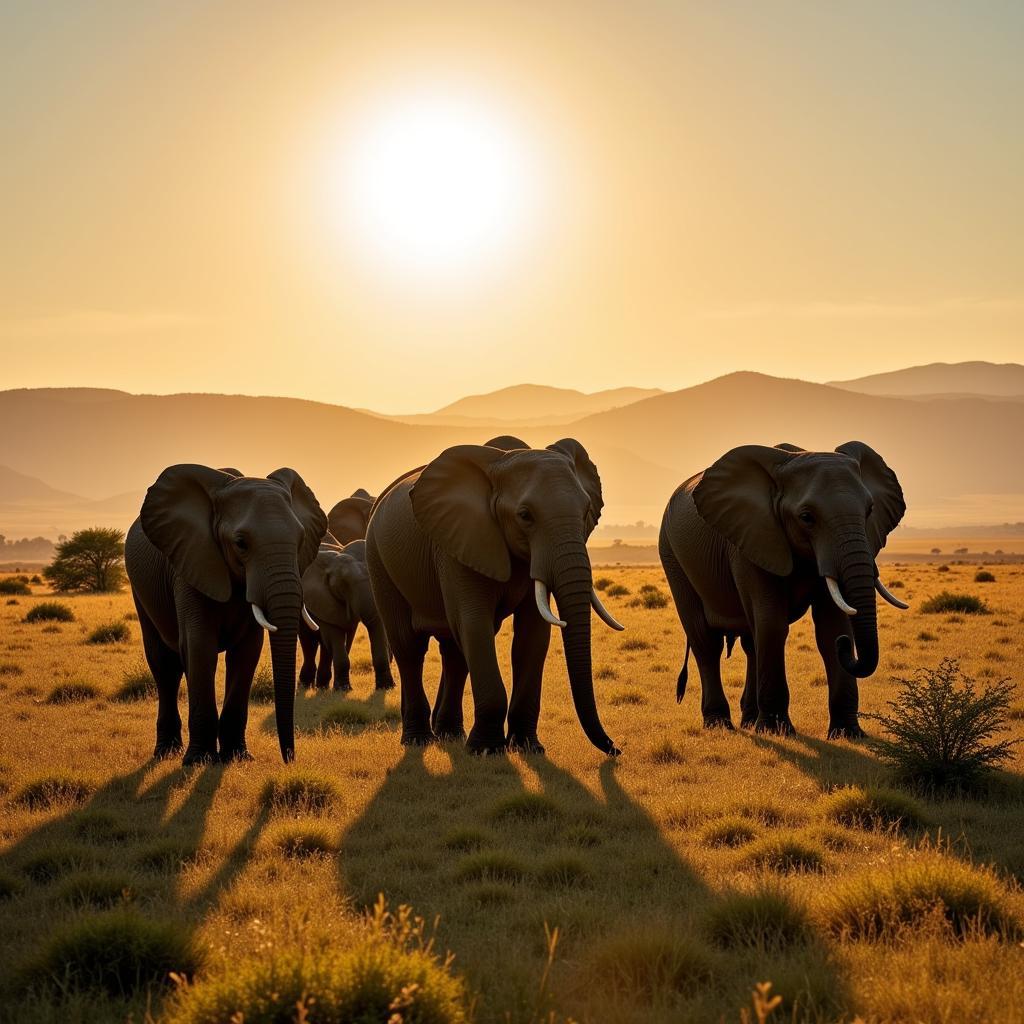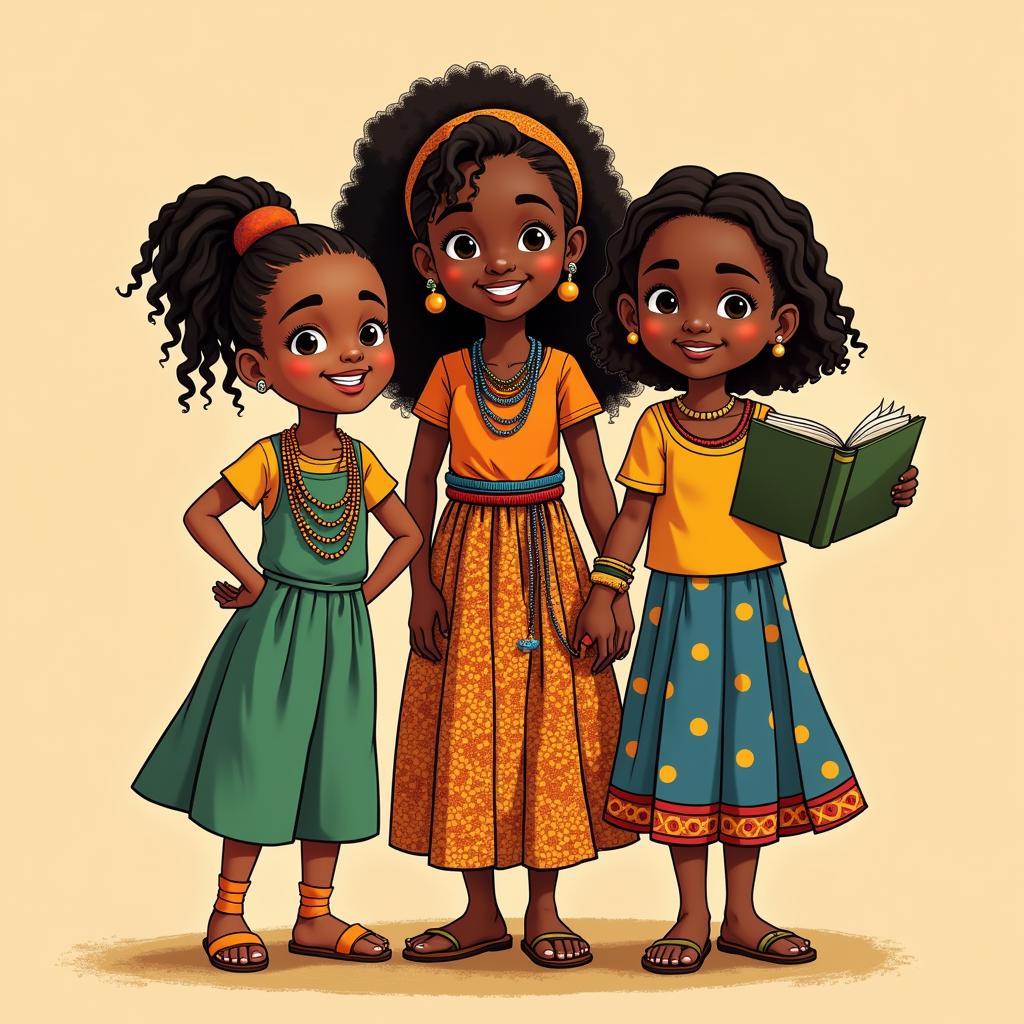Sub-Saharan African Countries List: Exploring a Diverse and Vibrant Region
Sub-Saharan Africa, a geographically and culturally diverse region, comprises all African countries located entirely or partially south of the Sahara Desert. This vast area is home to a rich tapestry of cultures, languages, and landscapes, offering a fascinating glimpse into the heart of Africa.
Delving into the Diversity: Understanding the Term “Sub-Saharan Africa”
The term “Sub-Saharan Africa” is primarily a geographical designation, but it also carries cultural and historical connotations. While geographically it refers to the area south of the Sahara, culturally, it acknowledges the shared history, common challenges, and vibrant cultural expressions of the countries within this region.
However, it’s important to acknowledge the ongoing debate surrounding the term. Critics argue that it perpetuates a simplistic north-south divide, potentially masking the internal diversity of the continent. This emphasizes the importance of engaging with the individual stories and unique identities of each nation within this vast region.
Unveiling the Nations: Sub-Saharan African Countries List
The region encompasses 46 countries according to the United Nations, each contributing to the vibrant mosaic of Sub-Saharan Africa:
- East Africa: Burundi, Comoros, Djibouti, Eritrea, Ethiopia, Kenya, Madagascar, Malawi, Mauritius, Mozambique, Rwanda, Seychelles, Somalia, South Sudan, Tanzania, Uganda, Zambia, Zimbabwe.
- Southern Africa: Botswana, Eswatini, Lesotho, Namibia, South Africa.
- Central Africa: Angola, Cameroon, Central African Republic, Chad, Congo, Democratic Republic of the Congo, Equatorial Guinea, Gabon, São Tomé and Príncipe.
- West Africa: Benin, Burkina Faso, Cabo Verde, Côte d’Ivoire, Gambia, Ghana, Guinea, Guinea-Bissau, Liberia, Mali, Niger, Nigeria, Senegal, Sierra Leone, Togo.
This list, while comprehensive, only hints at the immense diversity contained within each nation. From the bustling markets of Nigeria to the serene landscapes of Botswana, each country offers a unique experience.
What Makes Sub-Saharan Africa Unique?
Beyond its geographical location, several factors contribute to the unique identity of Sub-Saharan Africa:
- Cultural Richness: Home to a myriad of ethnic groups, languages, and traditions. From the intricate beadwork of the Maasai to the rhythmic beats of Afrobeat music, the cultural landscape is incredibly diverse and vibrant.
- Historical Significance: This region holds a pivotal place in human history as the cradle of humankind. Archaeological discoveries continuously reveal the deep roots of civilization in this part of the world.
- Natural Beauty: From the sweeping savannas teeming with wildlife to the snow-capped peaks of Mount Kilimanjaro, the region boasts stunning natural landscapes.
- Economic Potential: While facing challenges, Sub-Saharan Africa holds immense economic potential, with growing industries in technology, agriculture, and tourism.
Exploring Sub-Saharan Africa: A Journey of Discovery
Whether you are drawn to the historical sites of Ethiopia, the vibrant music scene in Ghana, or the stunning wildlife of Tanzania, Sub-Saharan Africa offers something for everyone.
Remember, this list of Sub-Saharan African countries is just the starting point. Delve deeper into the individual nations, embrace the cultural richness, and discover the magic that awaits in this captivating corner of the world.
FAQs about Sub-Saharan African Countries
1. What is the largest country in Sub-Saharan Africa?
The Democratic Republic of the Congo is the largest country in Sub-Saharan Africa by land area.
2. Which Sub-Saharan African country was never colonized?
Ethiopia is widely recognized as the only Sub-Saharan African country that successfully resisted European colonization.
3. What are some major languages spoken in Sub-Saharan Africa?
Swahili, Yoruba, Hausa, Zulu, and Amharic are just a few examples of the many languages spoken across the region.
4. What are some popular tourist destinations in Sub-Saharan Africa?
Victoria Falls (Zambia/Zimbabwe), Mount Kilimanjaro (Tanzania), and the Masai Mara National Reserve (Kenya) are renowned tourist attractions in the region.
5. What are some of the economic challenges facing Sub-Saharan Africa?
Poverty, inequality, and limited access to education and healthcare are some of the pressing challenges faced by the region.
Exploring Further: Unveiling the Gems of Africa
For those eager to delve deeper into the heart of Africa, explore more captivating content about the continent’s diverse cultures and captivating stories:
- Discover the elegance of African agbada, a traditional attire that reflects the continent’s rich heritage.
- Learn about the different African fever types, a crucial aspect of navigating health concerns when traveling to the continent.
- Journey through history by exploring the African independence years, a testament to the continent’s resilience and fight for self-determination.
This list of Sub-Saharan African countries serves as a gateway to understanding the captivating tapestry of cultures, landscapes, and histories that make this region truly unique.
For any inquiries or assistance, please reach out to our dedicated team at +255768904061, email us at kaka.mag@gmail.com, or visit our office located in Mbarali DC Mawindi, Kangaga, Tanzania. We are available 24/7 to assist you.

